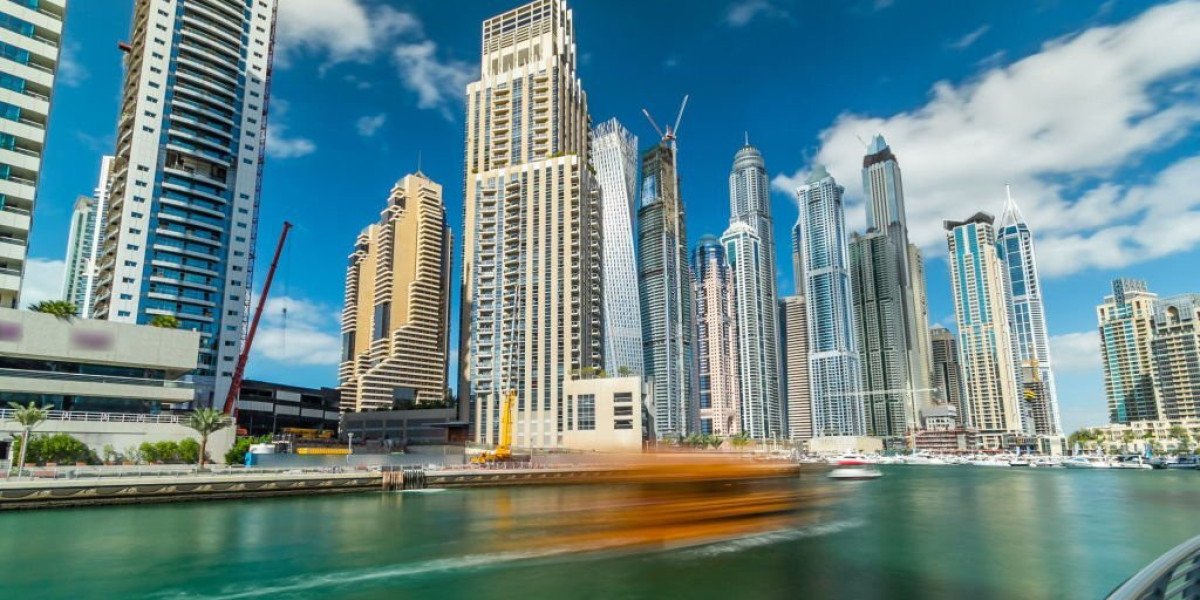Cambodia, a country rich in cultural heritage, is undergoing significant changes in its architectural landscape. From the ancient temples of Angkor to the modern skyscrapers rising in Phnom Penh, the architectural design in Cambodia reflects a unique blend of traditional Khmer elements and contemporary global influences. This evolution is driven by rapid urbanization, growing international interest, and a renewed focus on preserving Cambodia’s heritage while embracing modernity.
In this article, we explore the diverse architectural design trends in Cambodia, the challenges faced by architects, and how the country's unique cultural and historical context influences modern architectural practices.
Historical and Cultural Influence on Architecture
The Legacy of Angkor Architecture
The most significant influence on Cambodian architecture comes from its rich history, particularly the Khmer Empire and its architectural masterpieces like Angkor Wat. Built in the early 12th century, Angkor Wat remains the largest religious monument in the world and a symbol of Cambodia’s cultural pride. The grandeur, intricate carvings, and the alignment with celestial bodies showcase a high level of architectural and engineering sophistication.
The influence of Angkor architecture is still visible in modern Cambodian designs. Many contemporary buildings, especially temples and religious sites, incorporate elements from the Angkor period, such as the use of sandstone, the design of towers and spires, and the integration of art and symbolism. These designs connect the present with the past, creating a deep cultural resonance.
French Colonial Architecture
During the French colonial period (1863-1953), the French left a lasting impact on Cambodia’s architectural landscape, especially in Phnom Penh, the country’s capital. French colonial buildings often feature a combination of neoclassical facades, arched windows, and wide verandas, blending European influences with traditional Cambodian designs.
Notable examples include the Royal Palace, the National Museum, and the post-colonial buildings along the riverfront. These structures stand as remnants of a time when Cambodia was part of the French Empire and are still influential in modern design.
Contemporary Architectural Trends in Cambodia
Urbanization and Modern Development
As Cambodia has rapidly urbanized over the past few decades, the demand for modern infrastructure, including residential and commercial buildings, has increased significantly. Modern Cambodian architecture is characterized by high-rise buildings, commercial complexes, luxury hotels, and residential developments designed to meet the demands of a growing middle class and international investors.
Skyscrapers, luxury apartments, and commercial buildings are beginning to dominate Phnom Penh’s skyline. These modern designs incorporate international influences, such as minimalism, glass facades, and sustainable architecture. However, many of these buildings also feature design elements that reflect Cambodia’s cultural identity, such as the use of traditional motifs and locally sourced materials.
Sustainable Architecture
In response to environmental challenges and a growing global awareness of sustainability, many architects in Cambodia are embracing green architecture and sustainable design practices. Incorporating eco-friendly materials, energy-efficient systems, and environmentally conscious building techniques has become a key focus for many new developments.
Green roofs, solar panels, rainwater harvesting, and the use of natural ventilation systems are becoming common features in contemporary Cambodian buildings. These efforts aim to reduce the environmental impact of new developments while promoting a healthier and more sustainable living environment.
The Fusion of Traditional and Modern Designs
One of the most exciting trends in Cambodian architecture is the fusion of traditional Khmer design with modern construction techniques. This hybrid approach allows architects to create buildings that are not only functional and aesthetically pleasing but also culturally significant.
Traditional elements such as ornate wooden carvings, intricate roof designs, and the use of natural materials like bamboo are incorporated into modern structures. This fusion ensures that Cambodia’s architectural heritage is preserved while allowing the country to move forward with contemporary, high-functioning buildings.
Challenges in Architectural Design in Cambodia
Preservation of Cultural Heritage
One of the main challenges facing architects in Cambodia is the balance between modern development and the preservation of cultural heritage. The rapid pace of urbanization has led to the demolition of many old buildings, particularly those with significant historical or cultural value. As a result, there is growing concern over the loss of Cambodia’s architectural identity.
Architects, urban planners, and the government are working together to address this issue by introducing preservation laws, promoting the restoration of historical buildings, and integrating heritage conservation into modern urban development plans. This ensures that Cambodia’s rich architectural legacy is maintained while allowing for growth and progress.
Lack of Skilled Labor and Resources
The rapid growth of Cambodia’s construction industry has highlighted the need for skilled architects, engineers, and construction workers. Despite the country’s development, there is still a shortage of local professionals with the expertise required to design and execute complex modern projects. This shortage has led to the reliance on foreign architects and construction firms, which may not always understand the local context and cultural nuances.
Training programs and educational initiatives aimed at developing local talent are essential to ensuring that Cambodia’s architectural future is in the hands of its own citizens. By investing in education and professional development, Cambodia can build a strong foundation for a sustainable and culturally relevant architectural industry.
Balancing Traditional Aesthetics with Modern Needs
Another challenge faced by architects is designing buildings that meet the needs of modern life while maintaining the aesthetic beauty and cultural significance of traditional Khmer designs. This requires creativity and innovation, as architects must consider factors such as functionality, climate, and community values.
For instance, traditional Cambodian houses were designed with open spaces and natural ventilation to combat the hot and humid climate. Modern buildings must incorporate similar principles, such as passive cooling techniques and the use of local materials, while also meeting the demands of contemporary architecture.
Conclusion
Architectural design in Cambodia is a dynamic field that continues to evolve as the country embraces modernity while respecting its cultural heritage. The blending of traditional Khmer Architectural design in Cambodia global design trends creates a unique and diverse architectural landscape. Cambodia’s historical landmarks, such as Angkor Wat, continue to inspire modern architecture, while new developments reflect the country’s rapid urbanization and commitment to sustainability.








